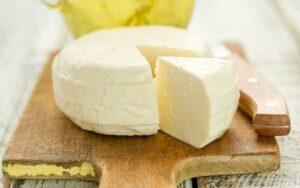
Top 10 Queso Fresco Substitutes: Elevate Your Dishes Now!
Need a queso fresco substitute? Try Feta Cheese, Ricotta Salata, Queso Blanco, Paneer, Monterey Jack, Farmer’s Cheese, Pot Cheese, Cotija, Oaxaca Cheese, or Tofu. 🧀👩🍳

Need a queso fresco substitute? Try Feta Cheese, Ricotta Salata, Queso Blanco, Paneer, Monterey Jack, Farmer’s Cheese, Pot Cheese, Cotija, Oaxaca Cheese, or Tofu. 🧀👩🍳

Searching for a healthier alternative to vegetable oil? Our comprehensive guide not only reveals top substitutes but also ensures you never compromise on taste or health. Delve in for enriching culinary choices!

Mayonnaise – an essential in many kitchens, yet often surrounded by health concerns. While its creamy texture makes it a favorite, there are healthier alternatives
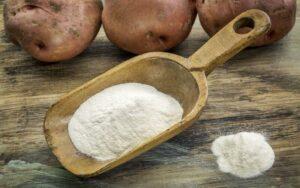
Have you run out of potato flour? Need it urgently for a recipe? If you are confused about what to use as a substitute without

Ran out of honey? But you don’t feel like going out to get some? Go through our list of healthy substitutes for honey in 2020!
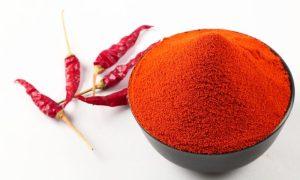
Deggi Mirch, a charismatic blend of Indian red chillies, is an unsung hero behind the robust flavours of many traditional Indian dishes. Its radiant hue
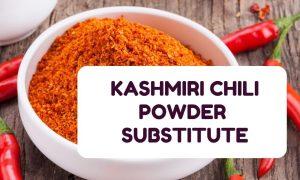
Discovering the perfect Kashmiri Chili Powder Substitute can be a game-changer when you’re in the midst of creating a flavorful dish that calls for this
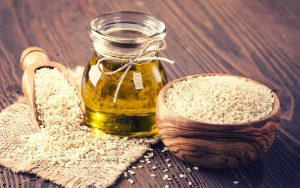
Are you looking for some great sesame oil alternatives? We have gathered the 10 best substitutes for sesame oil you can easily use in your daily cooking!

Imagine you’re about to prepare a sumptuous meal, the ingredients meticulously lined up, the tools are ready, and the recipe calls for a splash of
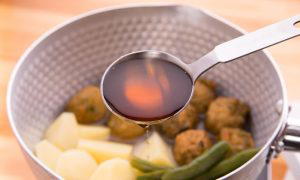
Embark on a culinary journey as we traverse through the realm of mirin alternatives. This essential Japanese ingredient lends an exquisite, sweet flavor to sushi,